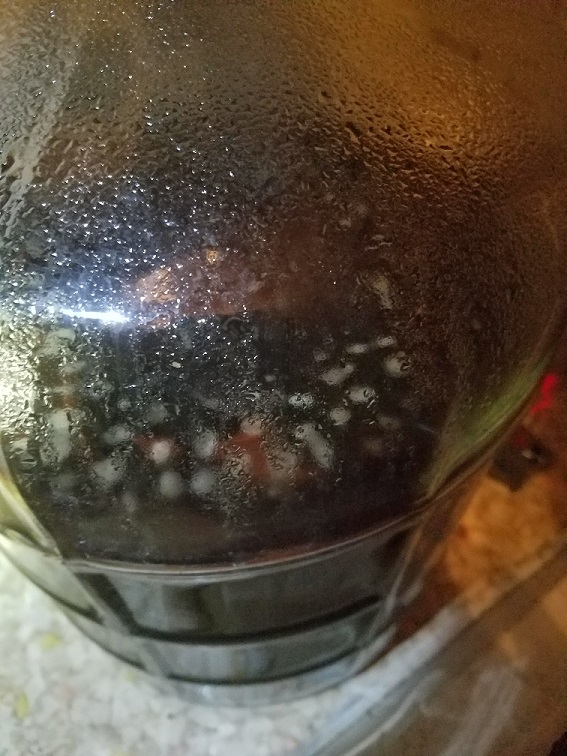It's beer! That is why you taste the sample. The gravity reading provides useful information, but I feel tasting the gravity sample provides a lot more information about the beer I always drink the gravity sample (unless it is the starting gravity - I use a refractometer for that anyway).
I'm one of the few folks that still rack most beers to secondary (I have my reasons). But I agree with other's questions - Why? I know you are new and just following instructions, but learn this lesson early: Unless you have a reason to rack to secondary and can say why you are doing it, you should not be moving the beer. While extremely unlikely to have a problem, every time you move your beer, you provide another opportunity for something to srew up. The beer will do fine in Primary for a month ...... or several months.
1.020 or ~ 60% attenuation is pretty poor. I suspect the yeast were not done. Racking so quickly, you probably carried over enoughf yeast to finish the job. But ... if the beer got cold, and the yeast dropped,and then you racked to secondary, you will not have the yeast to finish.
You may like a 1.020 beer, but to me it would be wayyyyyy tooooo sweet to be anything other than a sipper, and at 4.5% abv, it is not my idea of a sipper. I hope it comes down more for you. That is another reason for tasting the sample - to know aht the beer tastes like when you move it.
I hope you get a few more points off it and get it don to 1.016 or lower to make it easier to drink. Good luck with it. Just trying to be honest.































![Craft A Brew - Safale S-04 Dry Yeast - Fermentis - English Ale Dry Yeast - For English and American Ales and Hard Apple Ciders - Ingredients for Home Brewing - Beer Making Supplies - [1 Pack]](https://m.media-amazon.com/images/I/41fVGNh6JfL._SL500_.jpg)



























